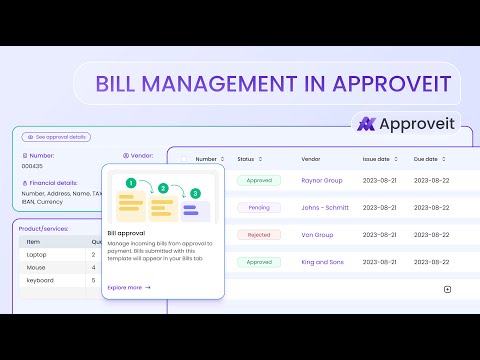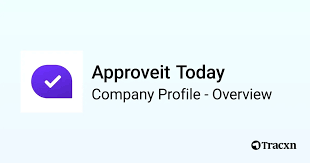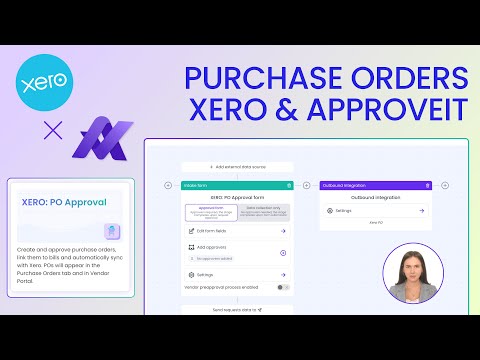Revolutionizing Business Efficiency with Accounts Receivable Invoice Automation

Revolutionizing Business Efficiency with Accounts Receivable Invoice Automation
In the fast-paced business environment of today, efficiency and accuracy are paramount. One area that often struggles with these principles is accounts receivable. Manual invoicing processes can lead to delays, errors, and cash flow issues. This is where accounts receivable invoice automation steps in as a game changer.
Understanding Accounts Receivable and its Challenges
Accounts receivable (AR) represents the money that is owed to a business for goods or services provided on credit. Managing AR efficiently is critical for maintaining a healthy cash flow and ensuring the sustainability of a business. However, traditional AR processes are often plagued by inefficiencies, including errors in data entry, delays in invoice processing, and lengthy payment cycles.
The Benefits of Automation
By automating accounts receivable invoicing, businesses can address these issues head-on. Here are some of the key benefits:
1. Improved Accuracy
One of the most significant advantages of automation is the reduction in human error. Manual data entry is susceptible to mistakes, which can lead to incorrect invoices and payment discrepancies. Automation ensures that data is entered consistently and accurately, minimizing the risk of errors.
2. Faster Processing Times
Automating invoicing processes allows a business to generate invoices quickly and efficiently. Instead of spending hours preparing and sending out invoices, automation tools can streamline this process, enabling finance teams to focus on more strategic tasks.
3. Better Cash Flow Management
Prompt invoicing is crucial for maintaining cash flow. With automation, businesses can issue invoices as soon as a product or service is delivered. Additionally, automated reminders can be sent to customers when payments are due, reducing the risk of late payments and improving overall cash flow.

4. Enhanced Reporting and Analytics
Automation tools often come with reporting features that provide valuable insights into accounts receivable. Businesses can analyze payment patterns, track overdue accounts, and identify areas for improvement. This data-driven approach helps companies make informed decisions that enhance overall efficiency.
Key Features of Accounts Receivable Invoice Automation Software
When considering accounts receivable invoice automation, it’s essential to choose software that offers the right features to meet your business needs. Here are some features to look for:
1. Invoice Customization
The ability to customize invoices is crucial for maintaining brand identity. Look for software that allows you to tailor invoices to reflect your brand’s logo, colors, and fonts.
2. Integration with Accounting Systems
To maximize the benefits of automation, ensure that the software integrates seamlessly with your existing accounting system. This integration streamlines processes and minimizes the need for manual data transfers.
3. Automated Payment Reminders
Choose software that sends automatic reminders for upcoming or overdue payments. This feature helps ensure timely payment without requiring additional manual effort from your team.
4. Secure Payment Options
In today’s digital landscape, customers prefer various payment methods. Automation software should offer secure payment options, including credit cards, bank transfers, and even digital wallets.
Implementing Accounts Receivable Invoice Automation

Transitioning to automated invoicing can seem daunting, but with careful planning, the process can be smooth and beneficial. Here are steps to implement accounts receivable invoice automation:
1. Assess Your Current Processes
Start by evaluating your existing accounts receivable processes. Identify pain points, such as bottlenecks or frequent errors, to determine what needs improvement.
2. Set Clear Goals
Define what you want to achieve through automation. Whether it’s reducing processing time or improving cash flow, having clear objectives will guide your implementation process.
3. Choose the Right Software
Research and compare different automation tools based on your requirements. Look for user reviews and consider trial versions to find the best fit for your business.
4. Train Your Team
Ensure that your team understands how to use the new software effectively. Providing adequate training will help ease the transition and improve overall adoption rates.
5. Monitor and Optimize
Once your automated invoicing system is in place, monitor its performance regularly. Collect feedback and make necessary adjustments to optimize the process continually.
Conclusion
Accounts receivable invoice automation is not just a trend; it’s a necessity for businesses looking to thrive in an increasingly competitive landscape. By embracing automation, companies can improve accuracy, speed up invoicing, enhance cash flow, and gain valuable insights into their financial health. As technology continues to evolve, organizations that invest in automation will find themselves better equipped to meet customer demands and achieve sustainable growth. Embrace the future of invoicing and watch your business flourish!
